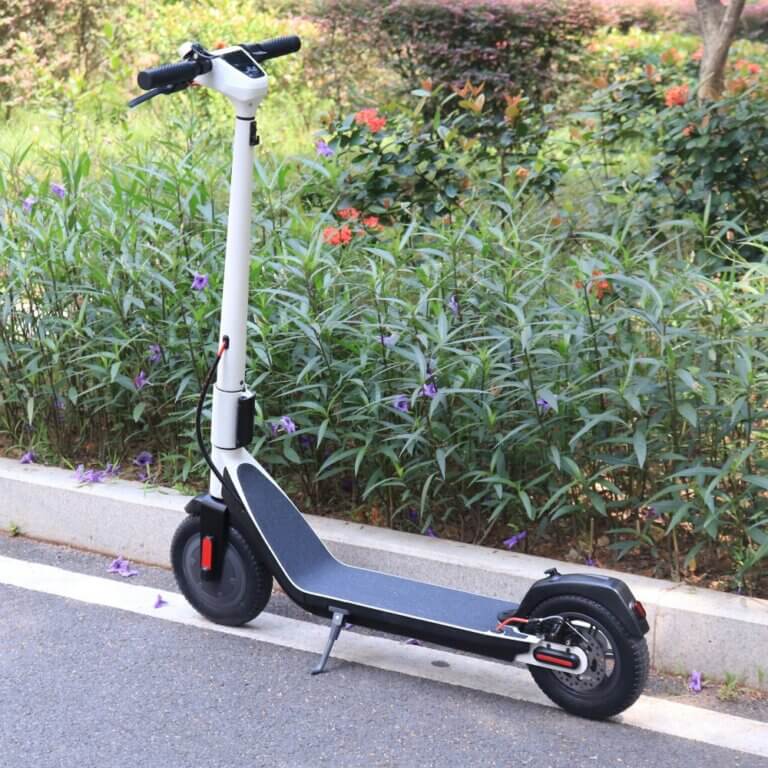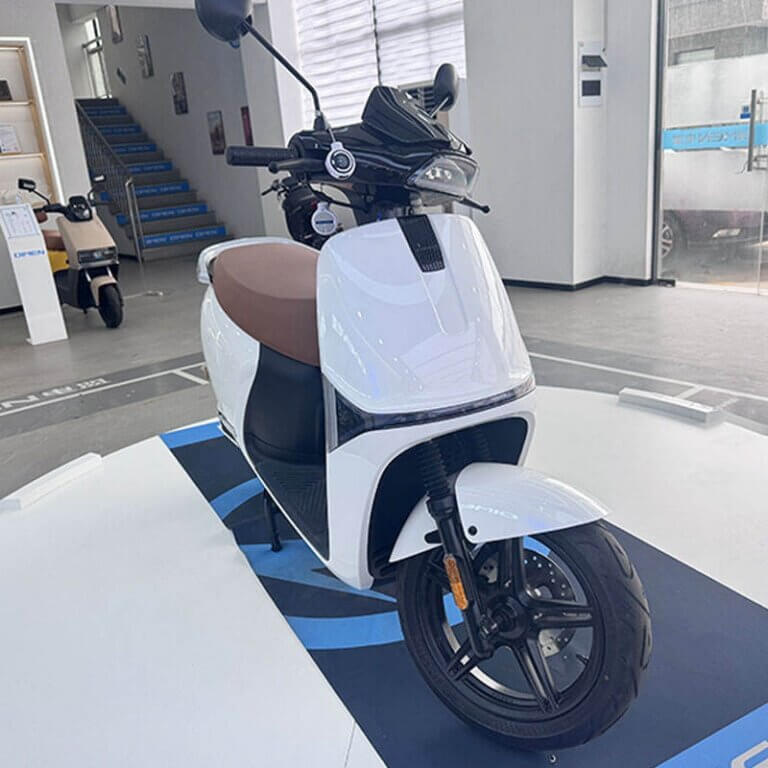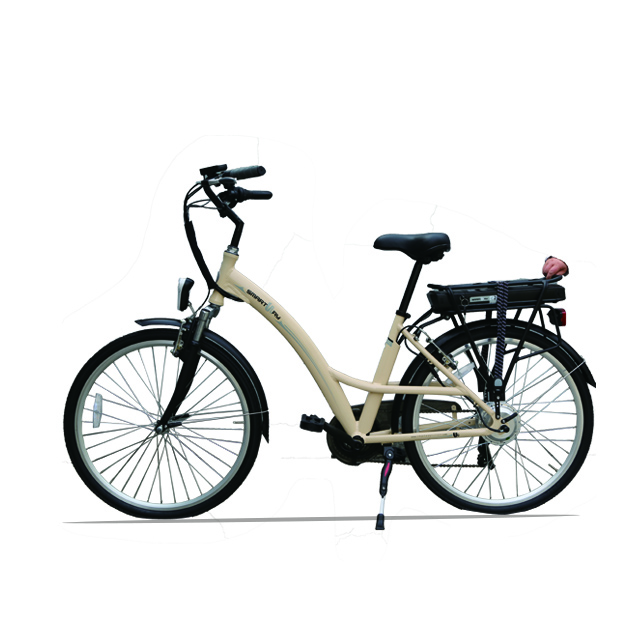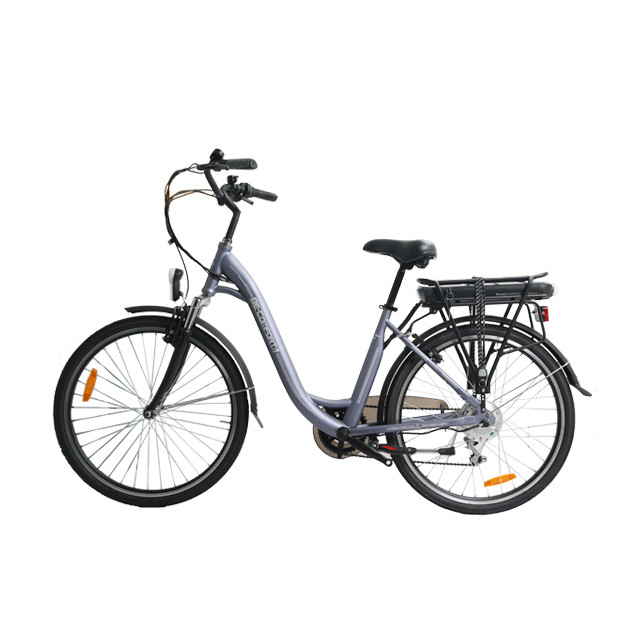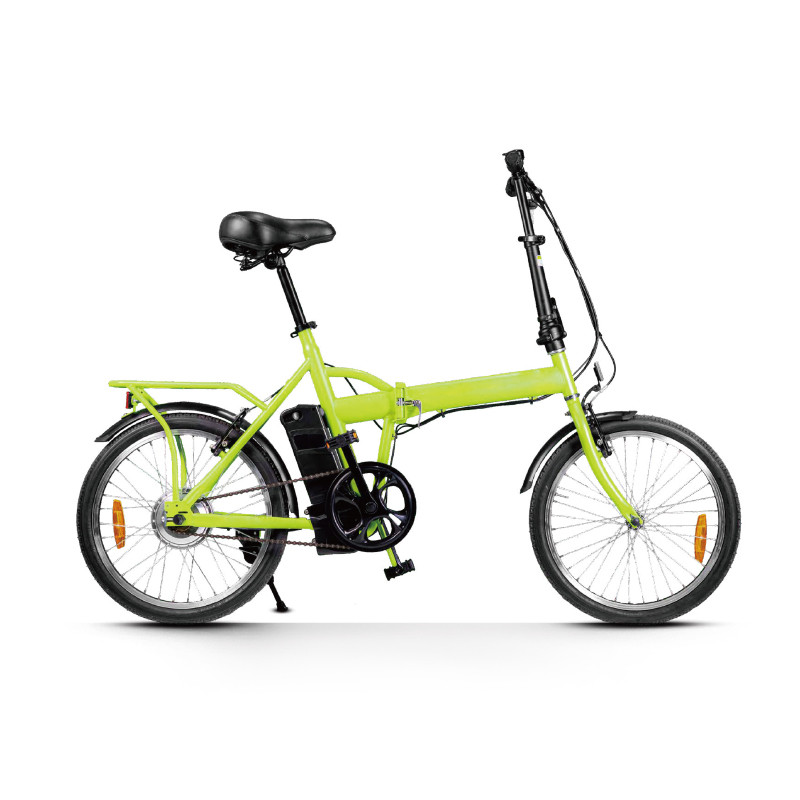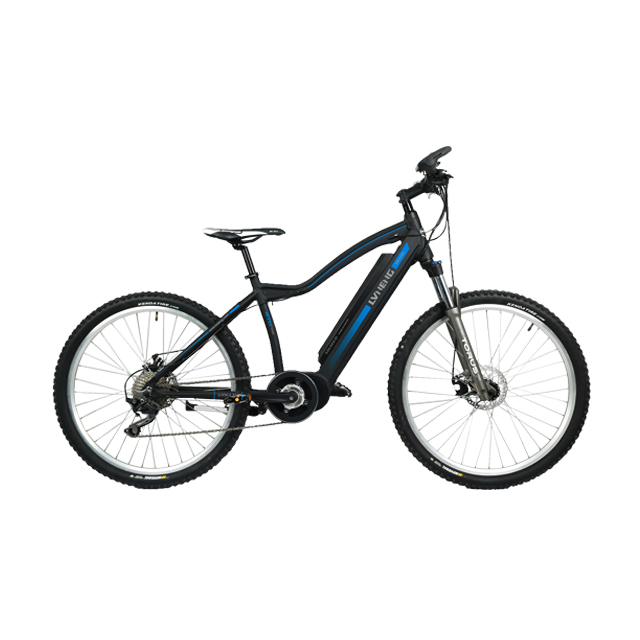-
414 Block B, ZT Times Plaza, Wuhan, Hubei, China
Blog
Southeast Asia: Why It’s The Fastest Growing e-Motorcycle Market
Summary
Southeast Asia is emerging as the fastest-growing market for electric motorcycles (e-motorcycles), driven by a convergence of technological innovation, regulatory support, and shifting consumer preferences. The region’s rapid urbanization and increasing environmental awareness are catalyzing a transition from traditional internal combustion engine vehicles to more sustainable electric alternatives. Major players, including established manufacturers like Honda and Yamaha, as well as local startups such as VinFast and Gesits, are competing to capture a share of this burgeoning market, which is projected to grow at a compound annual growth rate of 12.5% from 2025 to 2031.
Technological advancements, including improved battery management systems and connected features, are enhancing the appeal of e-motorcycles, making them more user-friendly and efficient. Moreover, government policies across Southeast Asian nations are increasingly supportive of electric vehicle adoption, with initiatives aimed at reducing air pollution and fostering greener transportation solutions. For instance, Indonesia’s Presidential Regulation No. 55 of 2019 sets ambitious targets for electric vehicle deployment, aiming for significant increases in electric motorcycle use by 2030.
Despite these favorable dynamics, the market faces challenges such as inadequate charging infrastructure, high initial costs, and a lack of consumer awareness about the benefits of electric motorcycles. These barriers complicate the adoption process and highlight the need for continued investment in both infrastructure and consumer education. Additionally, competition from traditional two-wheelers and cheaper foreign electric alternatives further complicates the landscape, necessitating innovations in business models and technology to differentiate e-motorcycles in a crowded market.
The e-motorcycle sector’s growth is not only a response to economic and environmental pressures but also a reflection of a broader global trend towards sustainable transportation. As Southeast Asia strives to enhance urban air quality and reduce greenhouse gas emissions, the electric motorcycle market is positioned as a critical component of this transformation, promising both environmental benefits and economic opportunities in the years to come.
Key Players in the Market
The e-motorcycle market in Southeast Asia is characterized by a mix of established manufacturers and emerging local startups that are driving innovation and competition. Major players in the region include both traditional motorcycle manufacturers and new entrants focusing on electric vehicles (EVs).
Established Manufacturers
Prominent companies such as Honda, Yamaha, Kawasaki, and Harley-Davidson continue to play a significant role in the market. These manufacturers are investing heavily in research and development to enhance their electric offerings and meet changing consumer preferences. Honda, for instance, has a strong presence with multiple models catering to both petrol and electric segments, while Yamaha is recognized for its commitment to innovation in design and technology.
Emerging Startups
In addition to established players, numerous local startups are emerging in the e-motorcycle landscape. Companies like VinFast in Vietnam, Gesits and Electrum in Indonesia, and BIZ NEX in Thailand are noteworthy examples. VinFast, in particular, has made headlines by ceasing production of internal combustion engine vehicles to focus solely on electric models, positioning itself as a key player in the region.
Collaborative Ecosystem
The intersection of traditional motorcycle manufacturing and tech startups has led to a unique innovation ecosystem in Southeast Asia. Local technology firms are collaborating with established manufacturers to create advanced solutions in areas like battery management and rider safety features, further driving the development of the e-motorcycle market.
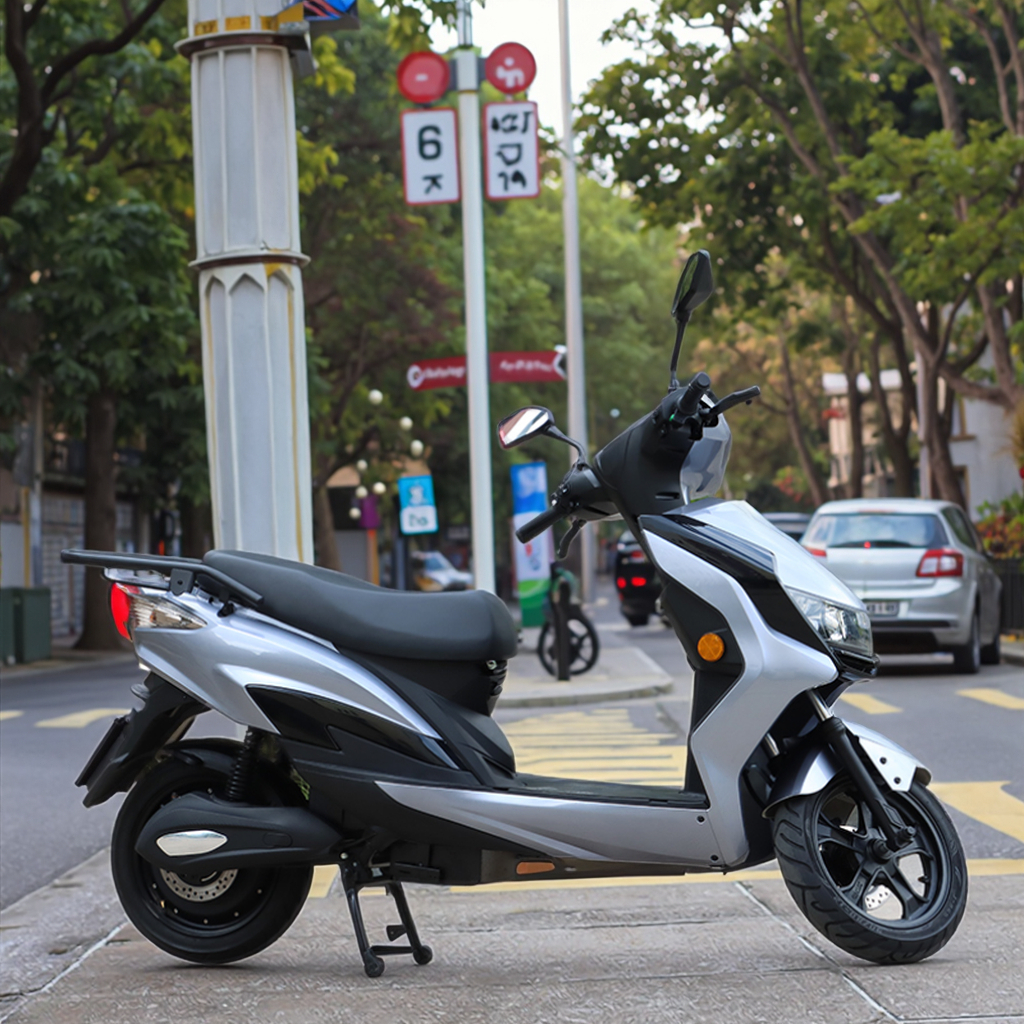
Market Dynamics
This evolving market landscape is supported by favorable government policies and incentives aimed at promoting electric mobility. Such initiatives encourage both local and foreign investment in the sector, while strategic alliances with global suppliers help mitigate production challenges and reduce costs.
As the competition intensifies, key players are adopting new strategies, including the introduction of financing programs for electric two-wheelers (E2Ws) and tailored designs for high-demand sectors like e-commerce and ride-sharing. This collaborative and innovative approach is expected to enhance the overall market dynamics and support the growth of the e-motorcycle industry in Southeast Asia.
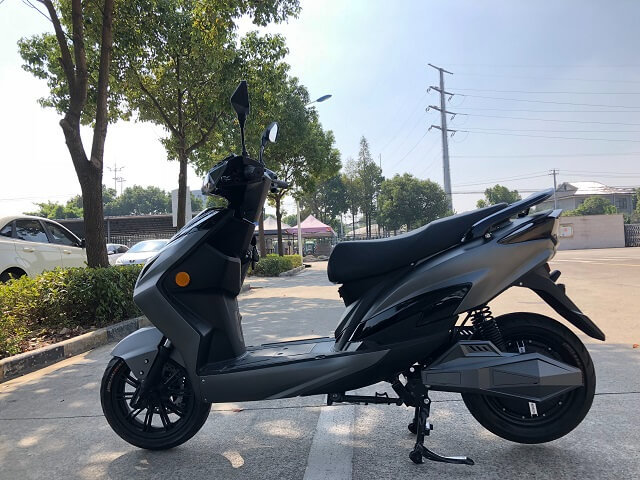
Government Policies and Regulations
Southeast Asia is witnessing a significant push towards the adoption of electric motorcycles (EMs), driven largely by government policies and regulatory frameworks aimed at promoting cleaner transportation options. As nations like Indonesia and Malaysia grapple with severe air pollution from traditional two-wheeled vehicles, the regulatory environment is becoming increasingly supportive of EMs to address these challenges.
Indonesia’s Policy Framework
In Indonesia, the government has established a robust legal and regulatory landscape to encourage the adoption of renewable energy and electric vehicles (EVs). Key legislative measures include Law No. 30 of 2007 on Energy and Law No. 30 of 2009 on Electricity, which underscore the importance of prioritizing renewable energy development. These laws are complemented by Government Regulation No. 79 of 2014 on National Energy Policy, which sets a target of achieving 23% renewable energy in the national energy mix by 2025.
To specifically promote electric vehicles, Presidential Regulation No. 55 of 2019, along with its amendments, provides tax exemptions for EVs that meet local content thresholds (TKDN), aiming to deploy 2 million electric vehicles and 12 million electric motorcycles by 2030. However, despite these policies, challenges remain; electric motorcycle subsidies and incentive policies have not been fully effective in achieving government targets.
Financial and Non-Financial Incentives
The Indonesian government offers a mix of financial and non-financial incentives to facilitate the growth of the electric motorcycle market. Financial incentives include purchase price subsidies and tax reductions. Non-fiscal incentives, such as land and building tax reductions, as well as streamlined permitting processes, are also in place to address barriers to project development. The focus on Micro, Small, and Medium Enterprises (MSMEs) is particularly noteworthy, as these entities are prioritized for receiving support.
Addressing Barriers to Adoption
Despite these supportive measures, several obstacles hinder the widespread adoption of electric motorcycles in Indonesia. The limited charging infrastructure poses a significant challenge, as it reduces consumer confidence in transitioning from conventional vehicles. Furthermore, a substantial lack of consumer awareness and trust in electric motorcycles remains prevalent, exacerbated by misconceptions regarding battery life and vehicle performance.
Regional Trends and Comparisons
The policies adopted in Indonesia reflect a broader trend in Southeast Asia, where countries like Thailand, the Philippines, and Malaysia are also implementing various incentives for electric vehicles. For instance, Thailand offers subsidies for environmentally friendly vehicles, and Malaysia is developing a policy framework to attract investments in the electric vehicle sector.
As Southeast Asia aims to transition to a cleaner transportation ecosystem, these government policies and regulations are crucial in facilitating the growth of the electric motorcycle market and ultimately achieving environmental sustainability goals in the region.
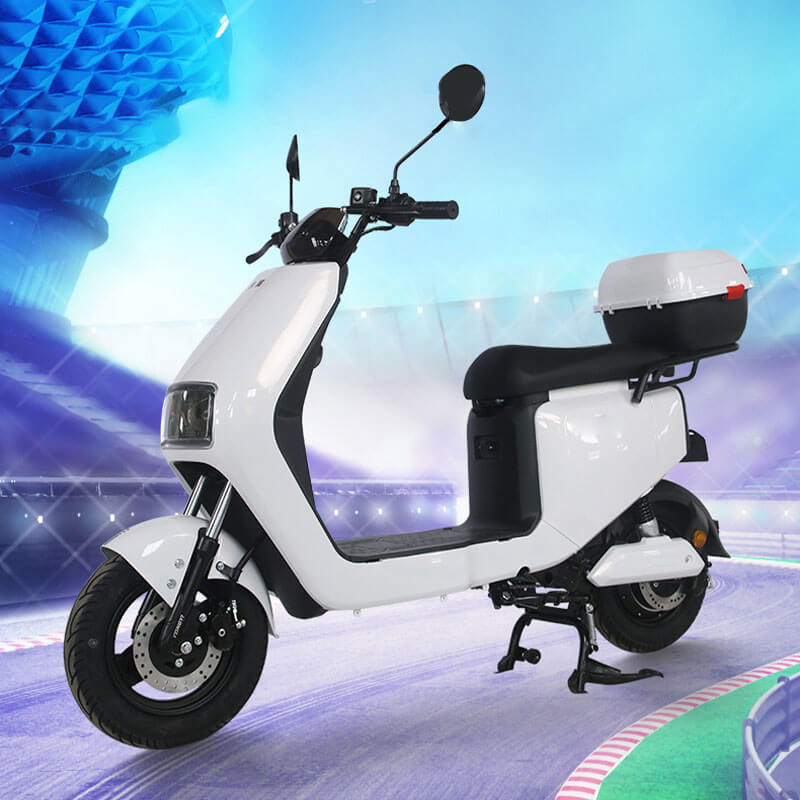
Consumer Adoption
Consumer adoption of electric motorcycles in Southeast Asia is driven by a combination of rising economic conditions, environmental awareness, and shifting consumer preferences. As urbanization accelerates and traffic congestion worsens, the demand for two-wheeled transportation solutions is on the rise, making electric motorcycles (EMs) an attractive option for many urban dwellers.
Economic Drivers
The economic landscape of Southeast Asia varies widely, with a significant portion of the population experiencing increasing purchasing power. For instance, middle-class households are projected to grow from 39 million in 2022 to 68 million by 2030, reflecting a rising demand for convenient and cost-effective transportation. Additionally, the region’s economic growth is spurring interest in higher-performance models, with consumers showing a preference for features such as fuel efficiency and technological integration.
Environmental Considerations
Environmental consciousness is becoming a significant factor influencing consumer choices. An increasing number of consumers are seeking sustainable mobility solutions due to growing awareness of the environmental impact of fossil fuel consumption. This trend is particularly pronounced in urban areas, where government initiatives support the transition to clean mobility alternatives like electric motorcycles. The desire for eco-friendly options aligns with the global shift towards sustainable practices, prompting manufacturers to innovate and adapt their offerings to meet these changing demands.
Consumer Preferences and Market Trends
Research indicates that Southeast Asian consumers are not just passive participants in global trends; they actively shape market dynamics. For instance, the increasing popularity of electric motorcycles in cities such as Singapore and Kuala Lumpur is driving advancements in battery technology and charging infrastructure. These developments are essential for overcoming barriers to adoption, such as range anxiety and the lack of charging stations.
Moreover, market segmentation strategies have evolved, moving beyond traditional demographic analysis to more nuanced psychographic models that consider factors like digital literacy and lifestyle aspirations. This shift enables manufacturers to create targeted marketing strategies that resonate with specific consumer groups, ultimately leading to greater acceptance and adoption of electric motorcycles.
Barriers to Adoption
Despite the promising growth potential, several challenges persist. A significant portion of the target consumer base remains unaware of the benefits and capabilities of electric motorcycles, with misconceptions about battery life and charging times contributing to skepticism. Additionally, the higher initial purchase cost of electric two-wheelers compared to internal combustion engine models remains a barrier, particularly in price-sensitive markets. As consumer education improves and infrastructure develops, it is expected that these barriers will gradually diminish, facilitating broader adoption of electric motorcycles across the region.
Challenges and Barriers
The electric two-wheeler (E2W) market in Southeast Asia faces numerous challenges that hinder its growth and adoption. These barriers can be broadly categorized into infrastructural, economic, technological, and market-related issues.
Infrastructural Challenges
Lack of Charging Infrastructure
One of the most significant barriers to the expansion of the E2W market is the insufficient charging infrastructure across the region. Unlike developed nations, many Southeast Asian countries lack a robust network of charging stations, leading to range anxiety among potential users. This absence of charging options discourages adoption as consumers worry about the convenience and accessibility of charging their electric vehicles. Manufacturers are beginning to address this issue by developing charging solutions, yet the need for an extensive and reliable charging network remains critical for the market’s success.
Economic Challenges
High Initial Costs
Electric two-wheelers often come with a higher upfront price compared to their internal combustion engine (ICE) counterparts, making them less accessible to price-sensitive consumers. Despite lower long-term operational costs, the initial investment is a significant barrier, particularly in regions with lower average incomes. Additionally, the cost of battery systems contributes heavily to the overall vehicle price, which can deter potential buyers.
Limited Incentives for Local Producers
Another economic challenge is the limited financial incentives available for local producers and distributors of E2Ws. Recent studies highlight that economic benefits, such as reduced life cycle and maintenance costs, are pivotal in influencing consumer perceptions. However, inadequate government support and incentives have been identified as obstacles that need to be addressed to stimulate local manufacturing and adoption of E2Ws.
Technological Challenges
IT Infrastructure Limitations
The E2W market in Southeast Asia also struggles with inadequate IT infrastructure, which hampers the integration of digital mobility services. The lack of compatibility among various service providers’ IT systems leads to fragmented data ecosystems, complicating fleet management and customer engagement efforts. Without robust IT systems capable of supporting emerging digital solutions, E2W companies may find it challenging to remain competitive and meet the evolving demands of users.
Market-Related Challenges
Competition with ICE Vehicles
The competition posed by traditional ICE two-wheelers and cheaper foreign electric alternatives further complicates the market landscape. E2Ws must demonstrate clear advantages over existing options to attract consumers, which can be achieved through business model innovations and improvements in battery technology. Transitioning from lead-acid to advanced lithium-ion batteries could enhance the performance and cost-effectiveness of locally manufactured E2Ws, making them more appealing to consumers.
Lack of Consumer Awareness and Trust
A significant barrier to adoption is the general lack of consumer awareness regarding the benefits of electric two-wheelers. Misconceptions about battery life, charging time, and vehicle reliability persist among potential users, particularly older individuals accustomed to gasoline-powered bikes. Without effective educational outreach and trial opportunities, skepticism towards E2Ws remains a barrier that manufacturers and governments must overcome to accelerate market growth.
Future Outlook
The future outlook for the electric motorcycle market in Southeast Asia is promising, characterized by a projected compound annual growth rate (CAGR) of 12.5% from 2025 to 2031. This robust growth is fueled by several factors, including rising industrial demand, advancements in technology, and a heightened focus on sustainability and operational efficiency across various sectors.
Consumer Trends
As disposable incomes rise in emerging markets, consumer preferences are shifting towards higher-performance electric motorcycles. Manufacturers are responding by enhancing their offerings with features like fuel injection systems and advanced digital displays. This trend indicates a growing demand for not only cost-effective but also technologically advanced mobility solutions.
Environmental Impact
The role of electric motorcycles in reducing urban pollution is significant, as they produce zero tailpipe emissions compared to conventional petrol vehicles. This capability positions electric motorcycles as a key player in improving urban air quality and aligns with the global shift towards eco-friendly transportation options.
Investment Opportunities
With the Southeast Asian market poised for substantial growth, it presents attractive opportunities for investors. The combination of rising middle-class purchasing power, increasing urbanization, and proactive government policies creates a favorable landscape for both existing players and new entrants in the electric motorcycle industry. Strategic investments in research and development, along with collaborations with technology firms, will be vital for capturing market share and establishing industry leadership in this dynamic sector.




